The Thirteenth, Fourteenth, and Fifteenth Amendments of the U.S. Constitution are collectively known as the Reconstruction Amendments. Put forth in 1869, on the surface, it was presented as protecting the voting rights of eligible voters. Of course, this now included recently freed Black men.
Underneath that, the controlling Republican party used the Fifteenth Amendment as a failsafe against a Democrat surge when elections came around. Reconstruction was rubbing Southerners the wrong way with former slaves and carpetbaggers from the North being installed in different political offices in the region. Double that with Blacks being able to vote and Republicans would need something to at least protect federal power.
This move snuffed attempts by Southern politicians to control back home and those still home to reestablish social order.
Bolstering the Fourteenth Amendment
The thing here is that Congress didn’t pick the most threatening, immediately punishing way to enforce the Fourteenth Amendment. Since these three Amendments were a few years apart in proposal and ratification, some tooth-pulling had to be done to get them through.
With the Fourteenth Amendment, the need to get it ratified resulted in multiple, very specific sections. The first section is what seemingly left the door open for the South to continue denying Black citizens the right to vote. Reducing representation when it came to voting didn’t frighten Southern politicians. Poll taxes, literacy tests, and running people away from polling places continued.
While still doing this, the Southern Democrats expected the same surge in voters. The Republicans had to combat this and the Fifteenth Amendment would get it done.
The Fifteenth Amendment: A Failsafe With A Flaw
At the minimum, Northerners and Blacks were placeholders in offices across the American South during Reconstruction. At most, they were the first line of defense against Old South political power at a state level. To bolster this, the Northern and Southern Republicans had a conference committee on the wording of the Amendment.
To net a large number of potential Republicans, the phrasing was changed. Denying the right the vote based on “race, color, nativity, property, education, or religious beliefs,” was changed in favor of “…race, color, or previous condition of servitude.” The author of the Fourteenth Amendment, Representative John Bingham of Ohio was against this revision. Strategically, it included men who both former slaves and served the Confederacy. The Fifteenth only features two sections and left out the ban on literacy tests and poll taxes which radical Republicans wanted.
Thus, without government intervention, Southern voting districts were allowed to violate voting rights unchecked. While the Republican Party would hold on to the U.S. Houses, statewide proved to be a very different story in the 1870s with Southern Democrats taking over.







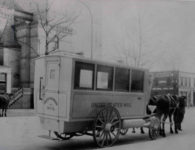



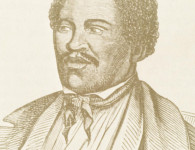

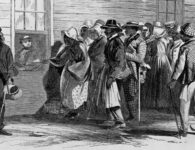

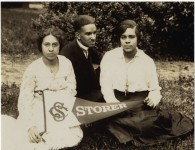
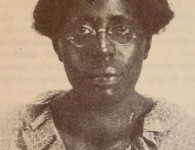


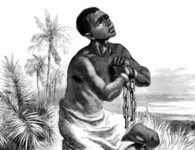

No comments